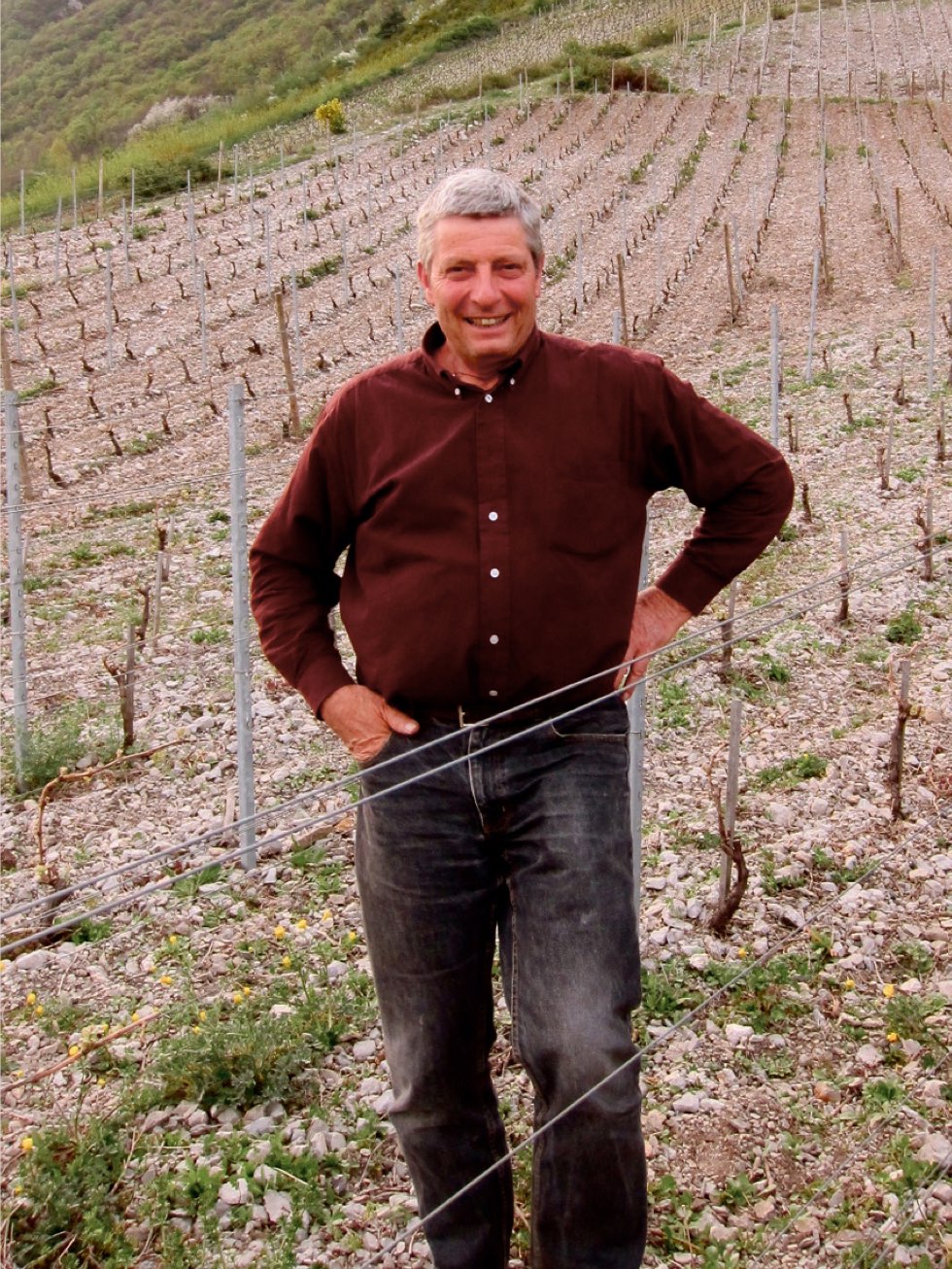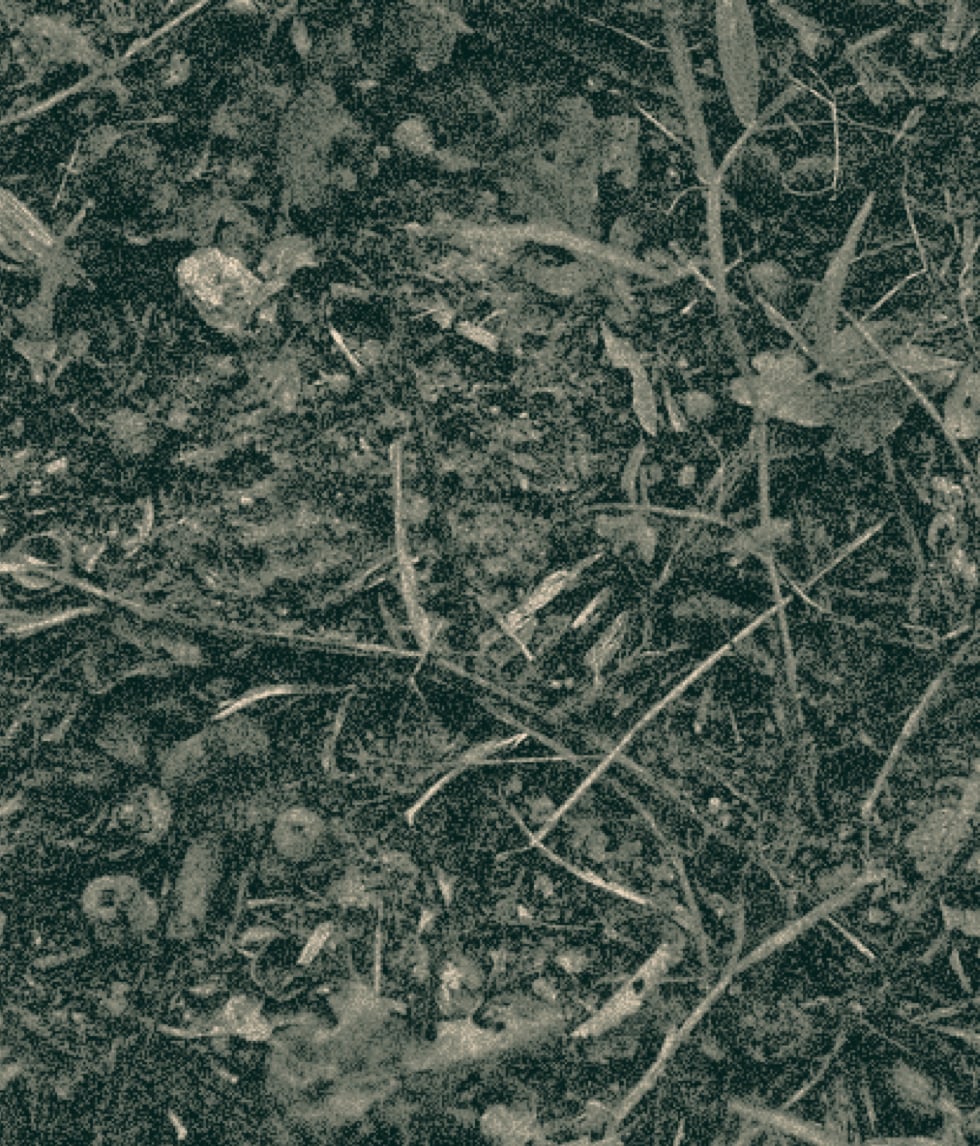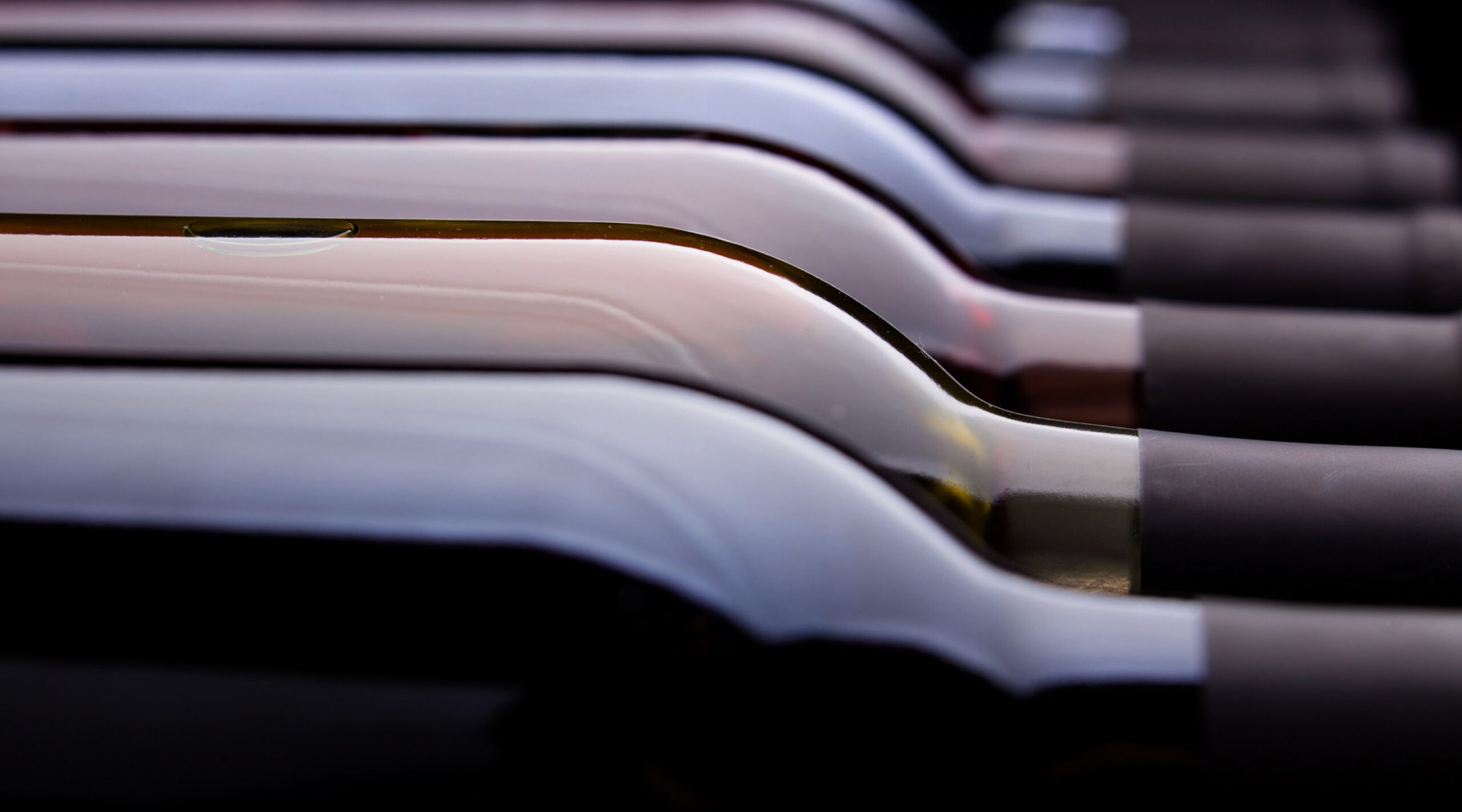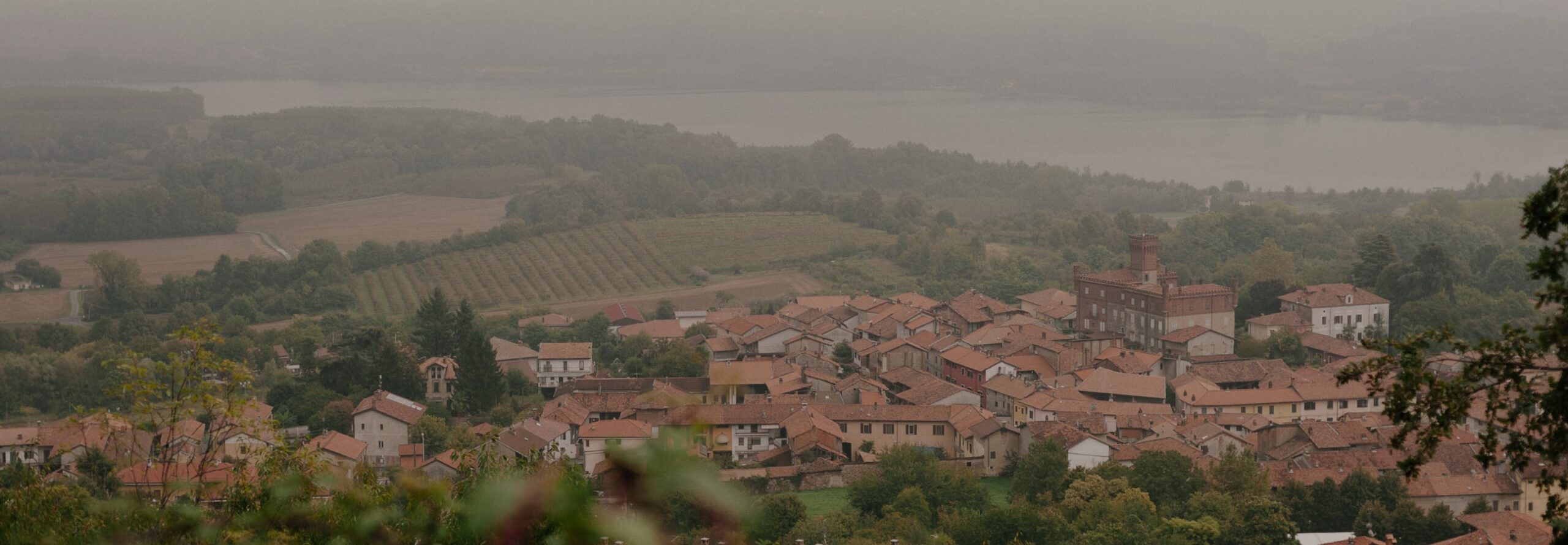While prospecting in the Savoie, the search for the best Mondeuse has to be conducted in the village of Arbin, the home of this fascinating grape. In Arbin, the Domaine Louis Magnin surfaces to the top as does the richest cream. This domaine devotes 55% of its eight hectares to Mondeuse, all planted within the confines of Arbin in the sector known as the “Combe de Savoie”. Another 30% of the vineyards are devoted to the Roussanne grape, known locally as “Bergeron”, all of which are situated in the neighboring village of Montmélian, equally renowned for its affinity to the Bergeron. The remaining 15% of the holdings are planted to Altesse and Gamay.
Louis and his wife, Béatrice, are dedicated to organic viticulture. Further, certain parcels are treated according to biodynamic principles. The vineyards, in general, face south-southeast and are planted on steeply-sloping hillside sites the soil of which is a clay and limestone mix with an overlay of scree. Almost all vineyard work must be done by hand.



This domaine devotes 55% of its eight hectares to Mondeuse, all planted within the confines of Arbin in the sector known as the “Combe de Savoie”.
Vinification of the whites is done primarily in stainless steel with malolactic fermentation following the primary alcoholic fermentation. However, the Roussette de Savoie is fermented in barrels of 500 liter size; this then being followed by a period of batonnage and elevage on the fine lies. Depending on the cuvée, the Mondeuse may see an elevage exclusively in stainless steel or there will be an elevage in barrel of different ages and sizes. More specific information can be found in the individual descriptions of the wines.
Farming
Certified organic by Ecocert since 2012, practicing biodynamic since 2010
Treatments
Copper sulfate only
Ploughing
Annual ploughing to promote soil health
Soils
Limestone-clay subsoils beneath limestone scree
Vines
Trained in Guyot, Cordon de Royat, and Gobelet, all at 8,500 vines/ha. Vines range from 15- over 100 years old. Domaine leased its youngest vines to a neighboring grower in 2017.
Yields
Average 15 hl/ha, controlled through severe winter pruning and debudding
Harvest
Entirely manual, usually in mid-late September
PURCHASING
Entirely estate fruit
Fermentation
After partial destemming (varies by cuvée), red wines ferment spontaneously in stainless-steel tanks. Cuvaison lasts 2-3 weeks.
Extraction
A combination of punchdowns and pumpovers, depending on the nature of the vintage
Chaptalization
None
Pressing
Whole-cluster, direct pressing for white wines, pneumatic pressing for red wines
Malolactic Fermentation
Spontaneous, in tank following alcoholic fermentation
Élevage
Wines age between 12 and 18 months in stainless-steel tanks, tronconic oak foudres, and neutral demi-muids.
LEeS
Wines remain on their fine lees for the duration of their élevages.
FINING & FILTRATION
Bentonite fining, cross filtration
SULFUR
Applied only at bottling, 45-60 mg/l total sulfur



